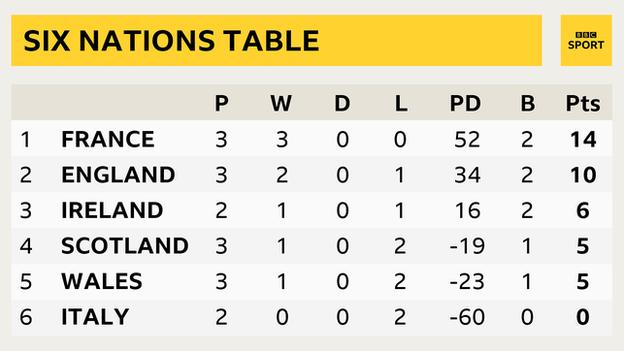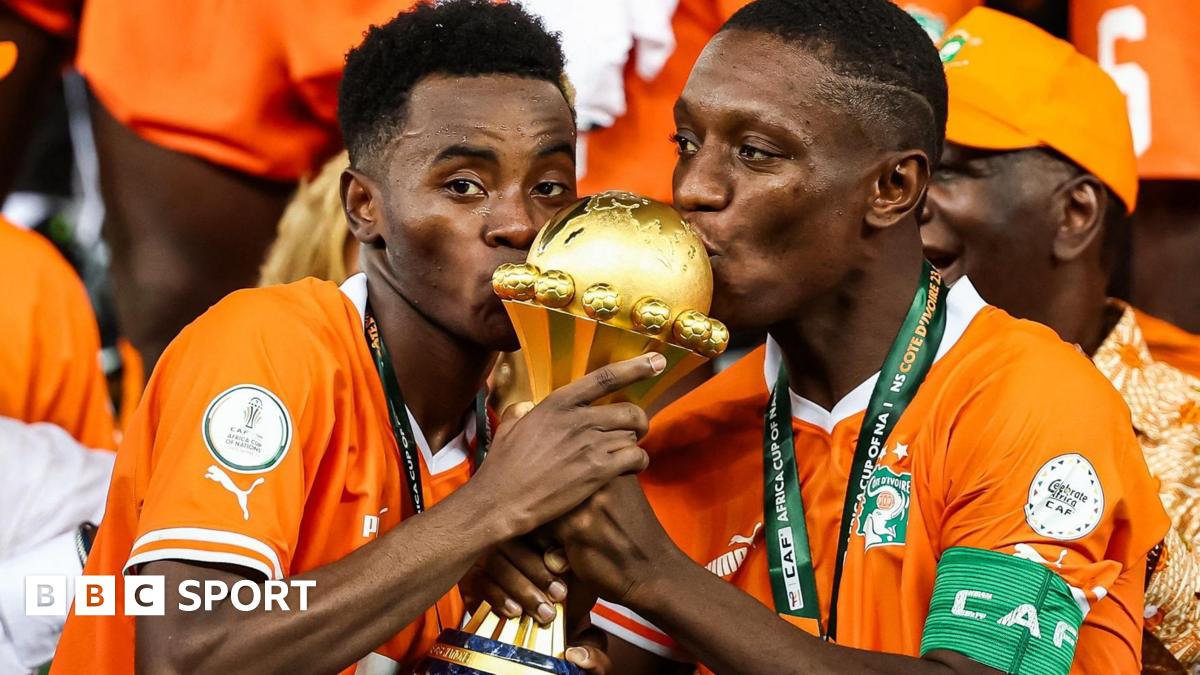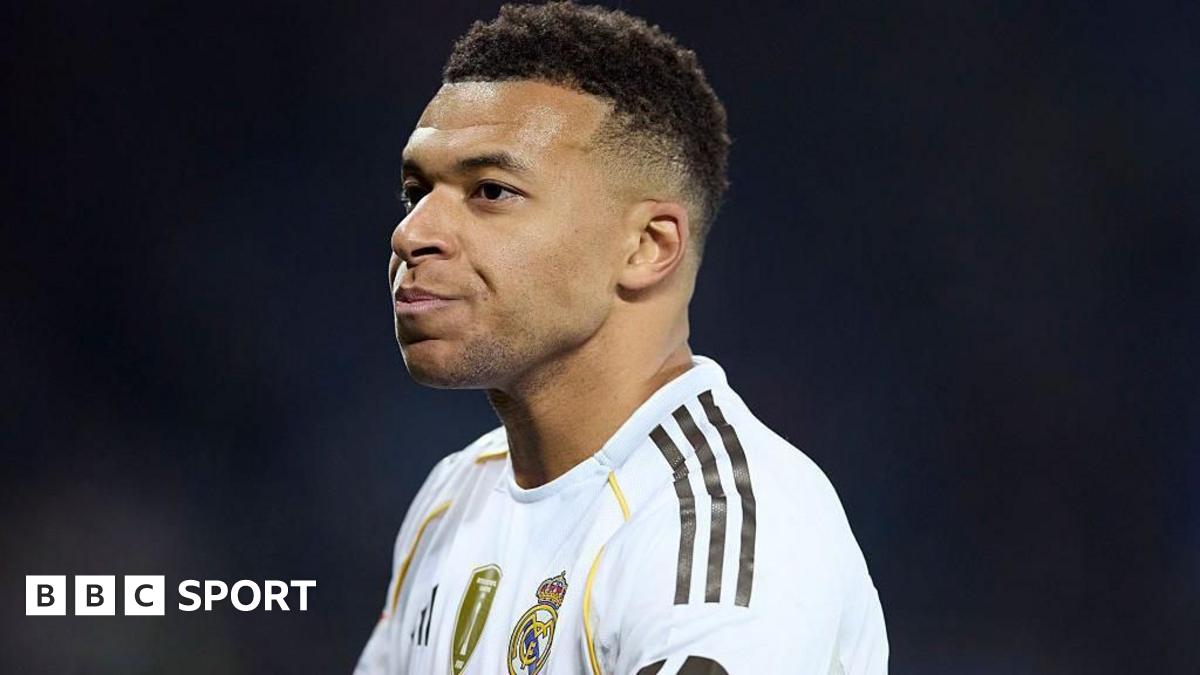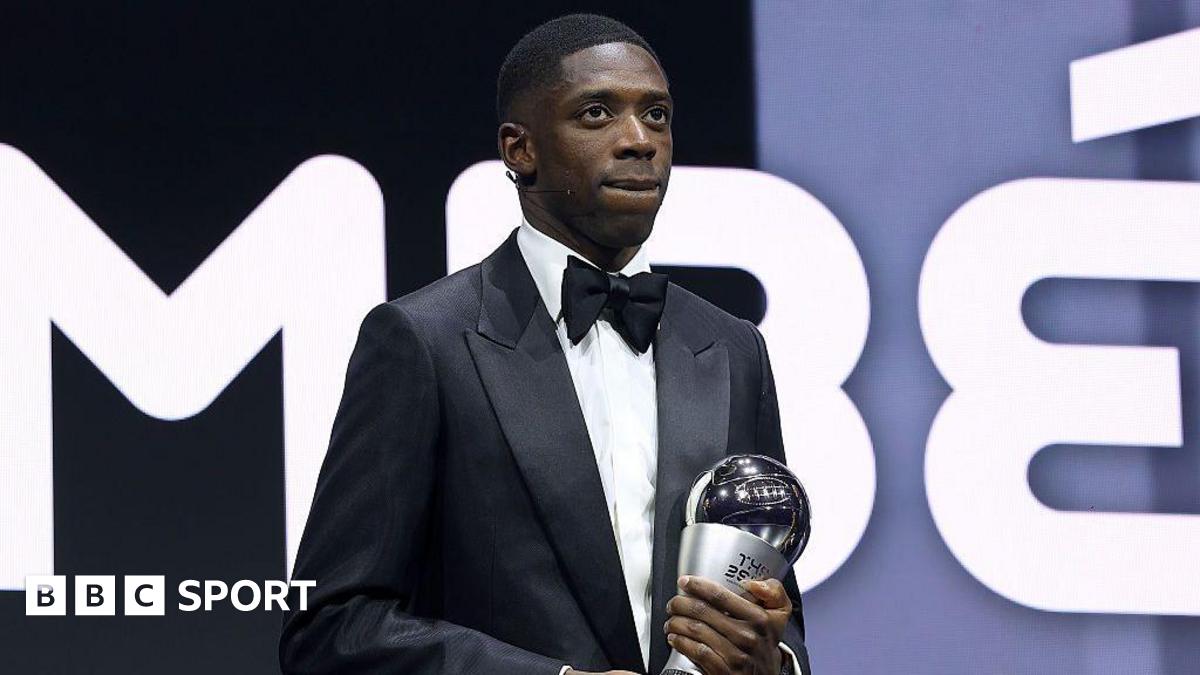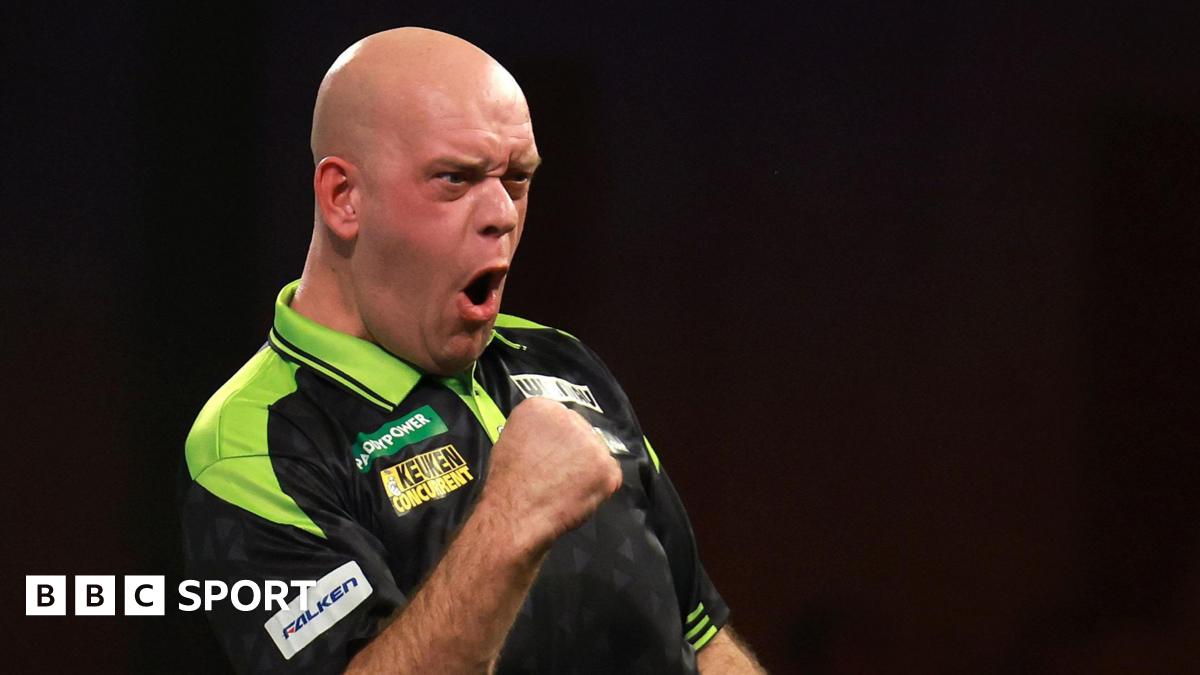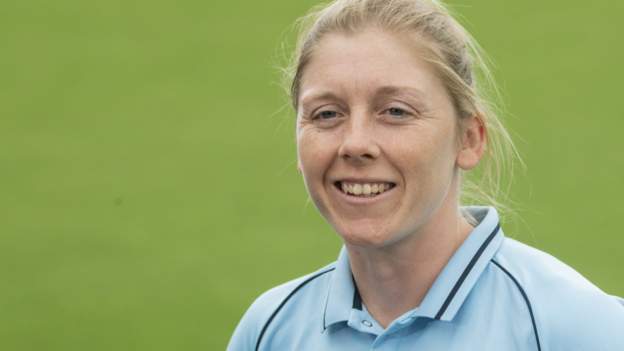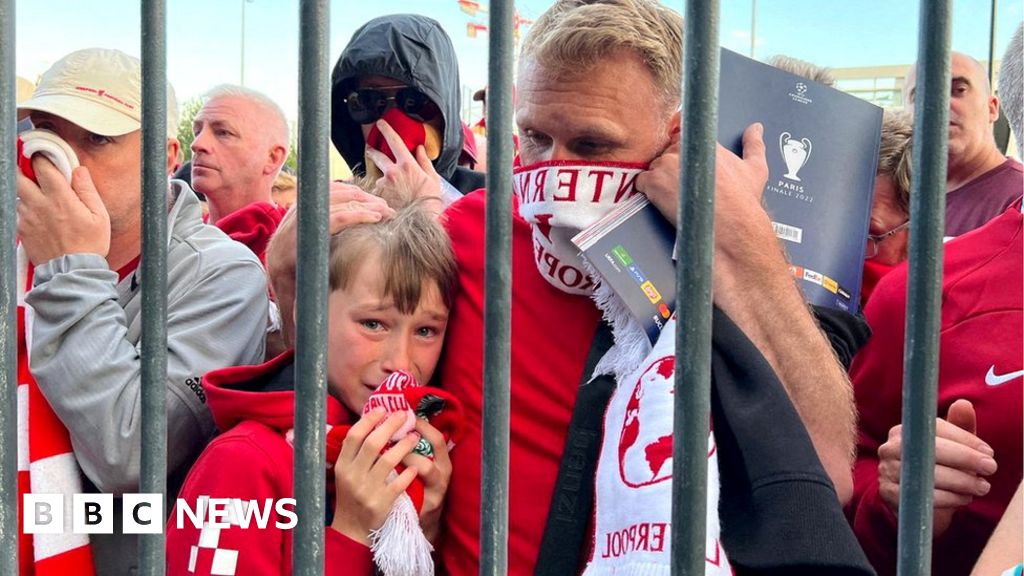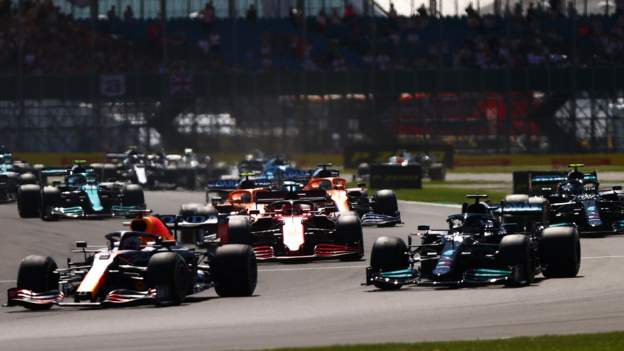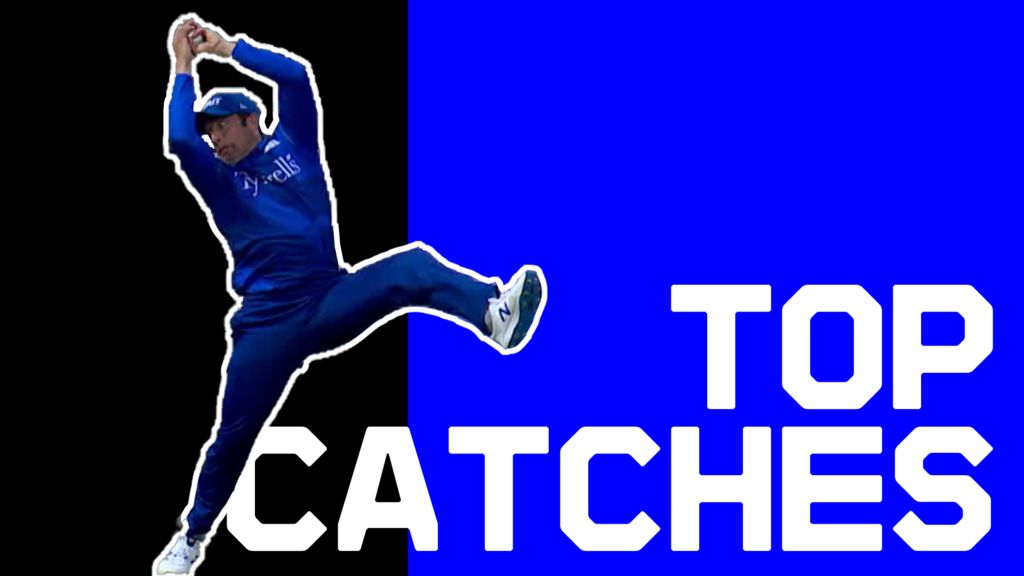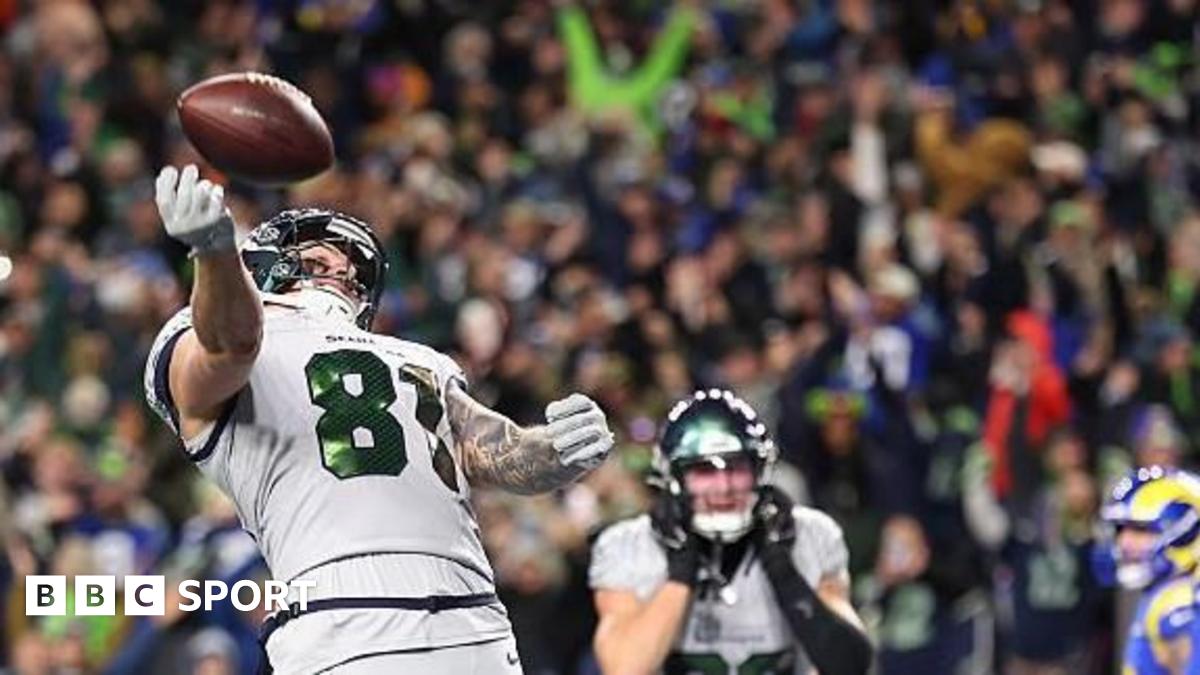So much has happened, so little has changed.
As the trains groaned with waxed jackets and well-oiled voices, Saturday marked the end of a 721-day wait for a full-house Six Nations match at Twickenham.
Back in pre-lockdown days of March 2020, Wales had been the last visitors to play in front of a capacity crowd. Two years on, they were the first to do so again.
And the similarities were striking.
Once again, England streaked out into a lead. Once again Wales fought back. Once again Manu Tuilagi went missing.
The England centre’s red card contributed to a chaotic final five minutes last time around. This time, his late injury absence brought an element of make do and mend to England’s preparations.
In both 2020 and 2022, England won.
But on both occasions, there was no sense of true satisfaction.
Instead there is, once again, a lingering sense of a limbo. For England have been a difficult team to assess for much of the past two years. A team in transition, whose direction of travel is uncertain.
The side that forged its way to the Rugby World Cup final in 2019 before being out-foxed by South Africa has been picked apart.
Jamie George and George Ford now ride the pine among the replacements, Billy and Mako Vunipola have been cast out. Anthony Watson and Owen Farrell are in the physio room and out of contention.
New faces have emerged. Against Wales, fly-half Marcus Smith’s stepping, darting, swaggering game burst through at the right times. Harry Randall buzzed with early energy at scrum-half. Number eight Alex Dombrandt crashed about with an appetite for destruction.
The cameos have been promising. Whether it adds up to a convincing ensemble is still not clear.
The shape of this new England is yet to fully emerge from the old.
The most obvious area of mystery is familiar.
Tuilagi, who scattered world champion All Blacks as a 21-year-old, remains a mirage, nearly a decade on.
His combination of fast-twitch speed and heavy-duty heft is intoxicating, but elusive. England’s midfield has spent years on hold, waiting for him to reconnect the power.
Henry Slade and Elliot Daly made plays and weaved patterns in midfield, but, with England’s only try coming via a botched Wales line-out, could not punch holes to put the game out of sight.
Outside them, Max Malins and Jack Nowell lacked the raw speed and finishing ability of Wales counterparts Josh Adams and Alex Cuthbert. Or injured team-mate Jonny May.
England made fewer line breaks and metres and their failure to convert first-half pressure into points made for a jittery final quarter.
Coach Eddie Jones often points to the Rugby World Cup cycle, counting down the Tests and camps left before France 2023.
That’s when a team between generations, between styles, between tournaments, will come good.
But he will know that a reckoning of sorts is coming far sooner.
Ireland and France have been the fastest rising of their rivals. Both have ambitious gameplans, matched with accurate execution and underlying power.
England entertain Ireland in round four before heading for Paris on the final weekend, possibly as the patsies for a crowd expecting the first Grand Slam since 2010. Those matches will show how far England have come. And how far they have to go.
As he often does, Jones reached for a metaphor from another sport to sum up England’s performance against Wales.
This time it was horse racing.
“Wales come home hard,” he said.
“They sit behind the pack and when you go around the turn they start making their run. We tend to get out and try to get a lead, so you have to pin us back.”
The crowd, glad to be back, cheered England into the winning enclosure today.
However, the distance between England and the tournament front-runners over the next two weekends will be revealing. And potentially sobering.
